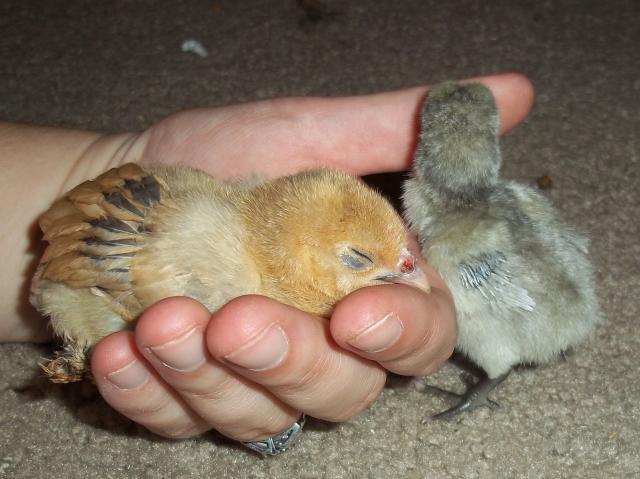Thanks Dan. I Didn't like the lighter ones but they are very nice. I love the darker with flicks of Black. I guess I am doing something right. Again,Thanks for the help.
Quote:
RedRoo,
In every variety of every poultry breed there are a majority of birds that should be culled. Breeds are fluid things and are not cut of stone as our modern breed standards might suggest. To continually occupy a single chosen place on a river a kayaker must paddle constantly lest he find himself adrift - it is the same with breeding chickens. It is the very nature of evolution that every poultry breeding season brings more failure than hope, but as it is the nature of the human psyche to overlook failure and embrace the most meager of hopes we as a species have made amazing progress despite overwhelming odds. My point is that the buff laced brahma is a malleable population just as any other and that like any other variety if we intend to preserve it, it must be judiciously bred.
My advice is to weigh brahma type heavily not simply the rigid, cut-in-stone show quality type bird that exists warm our hearts, inspire our art, and to win ribbons, but the broader inclusive breed standard that embraces the population and its original inspirational and utilitarian functions. That said, the buff laced color pattern is famous for its genetic complexity, and as such it should not be approached from an all or nothing mindset. Dominant white does not do a great job removing black pigment, and so a bit of black will peek through here and there in the otherwise white portion of the feathers. If the bird is of good type and the lacing pattern is clear and the base color is uniform throughout the birds body, I would consider black flecks to be inconsequential. The very best buff laced birds will carry blue as well as dominant white, and these will not show the black flecks. So dont throw the baby out with the bathwater, as blue is a very simple genetic trait compared to traits like size, body type, and feather patterning.
To my eye it appears that you have already arranged the photos in descending order of preference.
Dan









